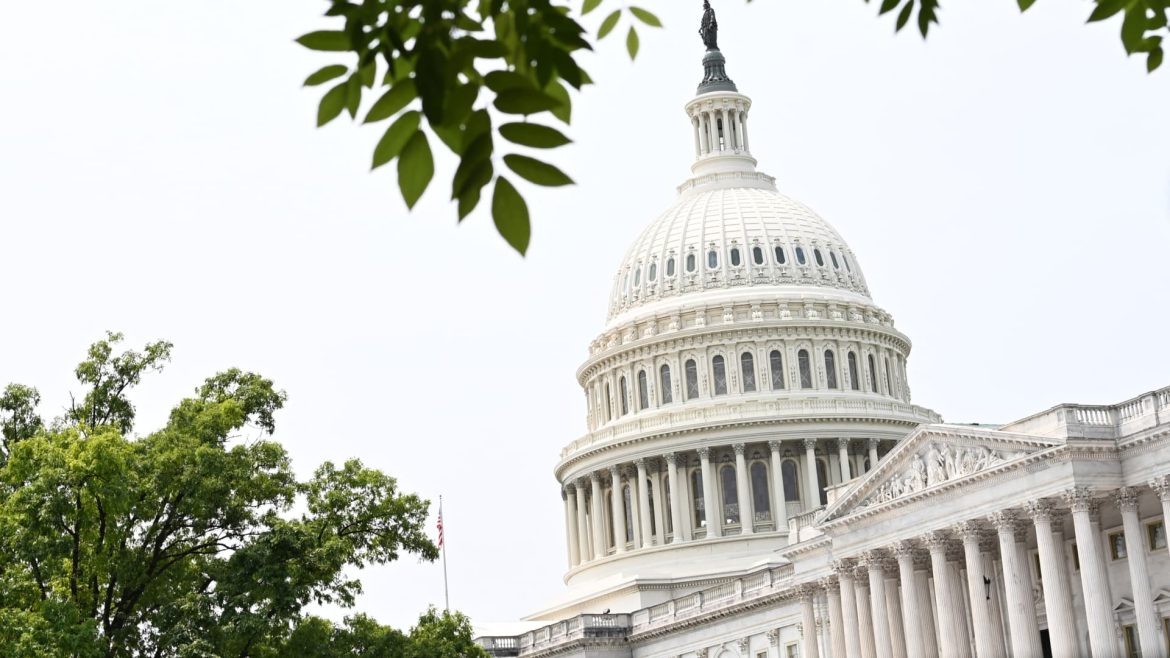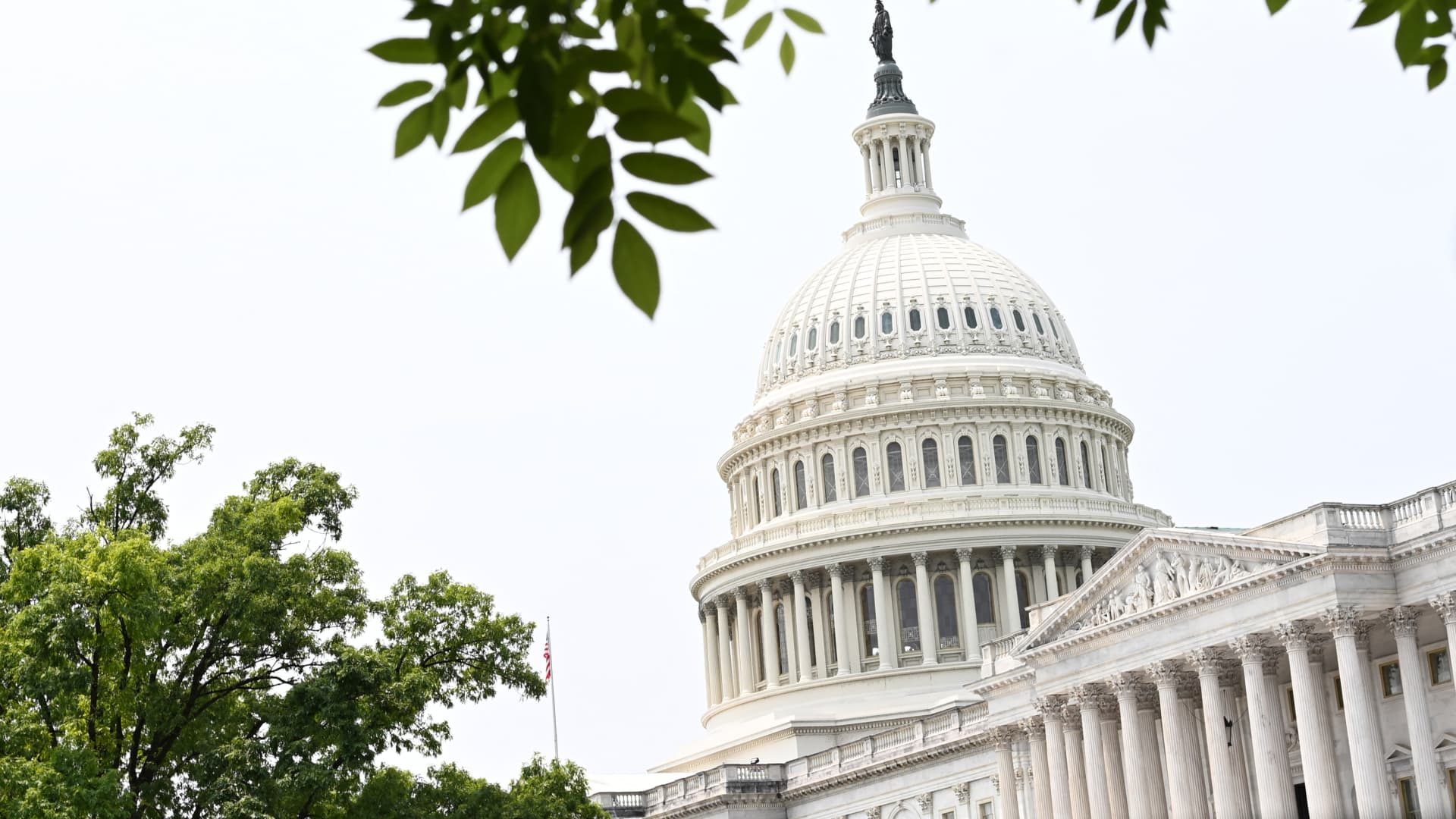The “One Big Beautiful Bill” proposed by Donald Trump for 2025 represents a comprehensive overhaul of the U.S. tax system, promising to reshape the economic landscape for individuals, families, and businesses. This legislation builds upon the 2017 Tax Cuts and Jobs Act (TCJA) while introducing new provisions aimed at stimulating economic growth, supporting families, and incentivizing work. However, the bill is not without controversy, as its potential benefits and drawbacks are hotly debated among policymakers, economists, and the public.
Extending the 2017 Tax Cuts: A Foundation for Economic Growth
The cornerstone of the “One Big Beautiful Bill” is the extension and modification of the 2017 TCJA. The bill seeks to make permanent the lower individual income tax rates introduced by the TCJA, which were initially set to expire. This provision is designed to provide long-term tax certainty for individuals and families, particularly those in higher income brackets. By maintaining lower rates, the bill aims to incentivize work, investment, and economic activity.
However, critics argue that this primarily benefits the wealthy and exacerbates income inequality. The bill also adjusts the standard deduction, increasing it temporarily through 2028. This aims to provide additional relief to middle- and lower-income taxpayers, simplifying the tax filing process for many. The increased standard deduction could help offset the regressive nature of the extended tax cuts, but its temporary nature raises questions about long-term tax planning and stability.
Child Tax Credit Expansion: Supporting American Families
One of the most notable provisions of the bill is the permanent increase to the Child Tax Credit (CTC), raising it to $2,200 per child. This expansion seeks to alleviate the financial burden on families with children, providing them with increased resources for childcare, education, and other essential needs. The increased CTC has the potential to significantly reduce child poverty rates and improve the financial well-being of families. It can also stimulate the economy as families spend the additional funds on goods and services.
The expansion of the CTC is a critical component of the bill, as it directly addresses the financial challenges faced by many American families. By providing a larger credit, the bill aims to make childcare more affordable and support parents in their efforts to provide for their children. However, the long-term sustainability of this provision, particularly in the context of the bill’s overall impact on the national debt, remains a subject of debate.
State and Local Tax (SALT) Deduction: A Contentious Provision
The bill’s proposal to raise the cap on State and Local Tax (SALT) deductions from $10,000 to $40,000 for a limited period of five years, beginning in 2025, is one of its most debated aspects. This change primarily benefits taxpayers in high-tax states, such as California and New York, who have been significantly impacted by the $10,000 cap. Proponents argue that it restores fairness to these states, while critics contend that it disproportionately favors wealthier individuals who itemize deductions.
The temporary nature of the increased SALT deduction adds complexity and uncertainty to tax planning. While the provision may provide relief to taxpayers in high-tax states in the short term, its limited duration raises questions about its long-term effectiveness and fairness. Additionally, the increased deduction could exacerbate existing disparities between high-tax and low-tax states, further complicating the nation’s fiscal landscape.
Exemption of Tips and Overtime: Incentivizing Work and Boosting Earnings
Reflecting a key campaign promise, the bill includes a provision to exempt income earned from tips and overtime from federal income taxes. This aims to incentivize workers to take on extra hours and provide better service, leading to increased earnings. The exemption of tip and overtime income has the potential to boost the income of workers in service industries and those who regularly work overtime. It could also lead to increased economic activity as these workers spend their additional earnings.
However, the complexity of implementing this exemption could create administrative challenges. Ensuring that tip income is accurately reported and exempted from taxation may require significant changes to existing tax systems and processes. Additionally, the potential for abuse or misuse of the exemption raises concerns about its long-term viability and effectiveness.
Business Tax Provisions: Fueling Growth or Widening the Gap?
The “One Big Beautiful Bill” also includes several provisions aimed at benefiting businesses, with the goal of stimulating investment and job creation. One key change is raising the threshold for qualifying as a “small business” from $50 million to $75 million. This expanded definition allows more businesses to take advantage of preferential tax treatment, such as simplified accounting methods and deductions. Proponents argue that this fosters entrepreneurship and small business growth.
However, critics suggest that it could create loopholes and benefit larger, more established businesses. The expanded definition of “small business” may allow some larger corporations to qualify for preferential tax treatment, potentially widening the gap between large and small businesses. Additionally, the long-term impact of these provisions on the overall competitiveness of the U.S. economy remains a subject of debate.
Energy Incentives: A Mixed Bag of Environmental and Economic Implications
The bill eliminates certain tax credits for electric vehicles (EVs) and energy-efficient home improvements. This includes ending tax credits for new and used electric vehicles, the installation of home EV charging equipment, and insulation or energy-efficient heating and cooling systems. The bill also eliminates the Greenhouse Gas Reduction Fund. The elimination of EV tax credits could slow the adoption of electric vehicles, impacting the environment and the automotive industry. The removal of incentives for energy-efficient home improvements may reduce investment in these areas.
However, proponents argue that these credits are expensive and ineffective, and that market forces should drive these decisions. The debate surrounding the elimination of energy incentives highlights the tension between environmental goals and economic priorities. While the bill’s provisions may reduce government spending on these incentives, their long-term impact on the environment and the economy remains uncertain.
The Border and National Security Focus: A Matter of Priorities
Beyond tax changes, the bill includes significant funding increases for border security and national defense. This reflects the Trump administration’s priorities of securing the border and strengthening the military. Increased funding for border security could lead to enhanced enforcement of immigration laws and increased deportations. The allocation of more resources to national defense could boost military spending and support defense contractors.
However, these spending decisions are subject to ongoing debate, with critics arguing that they come at the expense of other important social programs and investments. The bill’s focus on border security and national defense raises questions about the allocation of limited government resources and the prioritization of different policy goals.
Winners and Losers: A Distributional Analysis
Determining the winners and losers under the “One Big Beautiful Bill” is a complex task, as the impact varies depending on individual circumstances and income levels. Potential winners include high-income households, families with children, businesses, and workers in tipped industries. These groups stand to benefit from the extension of lower income tax rates, the increased SALT deduction, the expanded Child Tax Credit, and the exemption of tip income from federal taxes.
However, potential losers include residents of low-tax states, consumers of electric vehicles and energy-efficient products, and beneficiaries of social programs. These groups may not benefit significantly from the increased SALT deduction, will no longer be able to take advantage of tax credits, or may face cuts to programs like food stamps (SNAP) to offset the cost of the tax cuts.
The Deficit Impact: A Growing Concern
A significant concern surrounding the “One Big Beautiful Bill” is its impact on the national debt. The Congressional Budget Office (CBO) estimates that the legislation would add trillions of dollars to the deficit over the next decade. This increased debt could lead to higher interest rates, reduced investment in other areas, and increased pressure to cut spending on social programs. The long-term economic consequences of the debt remain a subject of debate among economists.
The bill’s potential impact on the national debt raises questions about its long-term sustainability and the trade-offs between tax cuts and government spending. While proponents argue that the bill’s provisions will stimulate economic growth and offset the cost of the tax cuts, critics contend that the increased debt could have significant negative consequences for the economy and future generations.
Conclusion: A Transformative but Contentious Reform
The “One Big Beautiful Bill” represents a significant reshaping of the U.S. tax system, with far-reaching consequences for individuals, businesses, and the national economy. While proponents tout its potential to stimulate economic growth and provide relief to families, critics raise concerns about its distributional effects and its impact on the national debt. As the bill moves forward, it is crucial for policymakers and the public to carefully consider its various provisions and their potential implications.
Ultimately, the legacy of the “One Big Beautiful Bill” will depend on its actual impact on economic growth, income inequality, and the nation’s fiscal health. Whether it lives up to its billing as a boon for the American worker or becomes a symbol of fiscal irresponsibility and widening inequality remains to be seen. The debate surrounding this legislation is likely to continue for years to come, as its long-term effects on the economy and society become clearer.





